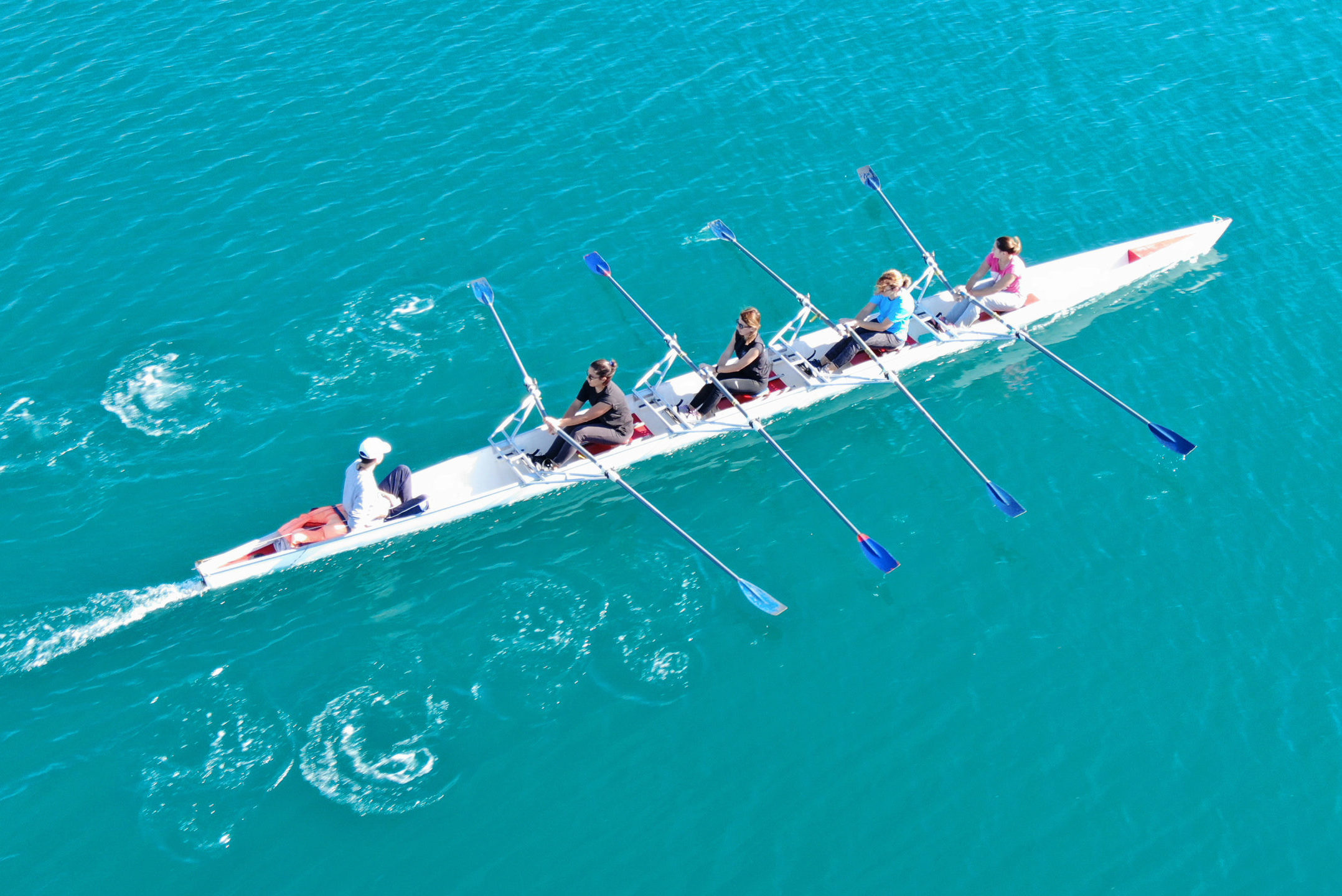

Training for rowing or exercising on a rowing machine can cause pain in the forearm and wrist.
This can be due to poor technique or repetitive motions straining the forearm and wrist muscles. It can lead to multiple types of overuse injuries such as lateral epicondylitis or intersection syndrome.
Lateralepicondylitis is caused by overuse of the tendons that move the wrist and elbow up and down. These forearm extensor muscles can be overloaded by repeated wrist and elbow movements during rowing, and sustained gripping onto the oar. This causes damage to the tendons, with subsequent inflammation and degeneration.
Intersection syndrome is caused by repetitive strong gripping during frequent wrist movements. Friction on the wrist extensor tendons from overuse can lead to inflammation and irritation of the fluid lining that holds the tendons together. Symptoms include swelling and pain at the back of the forearm, usually three inches above the wrist.
Here are some tips that may help you:
• Wrist and finger stretches to relieve muscle tightness
• Use heat packs and massage your forearm muscles to reduce muscle tension and tightness
• Splints, braces or taping to provide support and reduce pain
• Work on shoulder, back and core strength to give you better strength and control during rowing by using bigger muscle groups
• Review your rowing technique to assess if you should use less wrist motion
Don’t let the pain stop you from doing something you love. Try some of these strategies and contact our Hand Therapists today to help you reduce your pain.
If you have any questions about training for rowing or exercising on a rowing machine, please don’t hesitate to get in touch.
